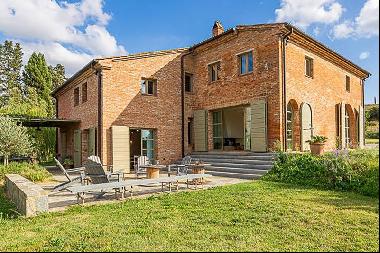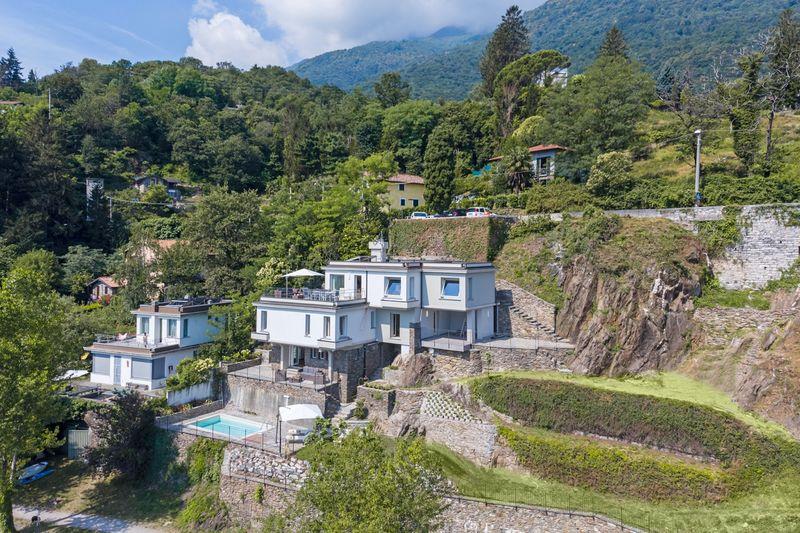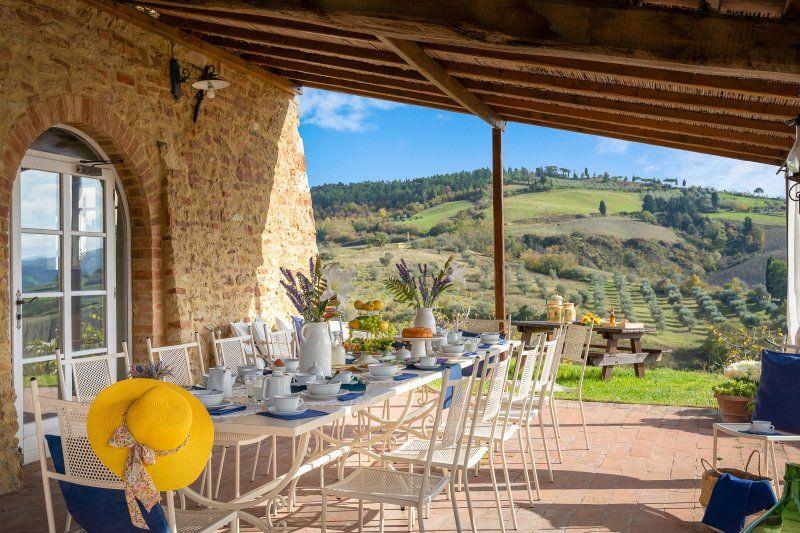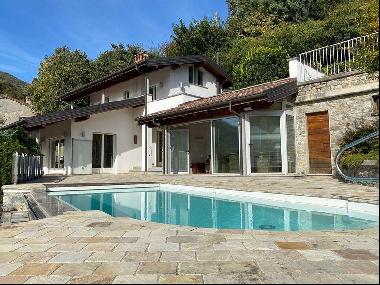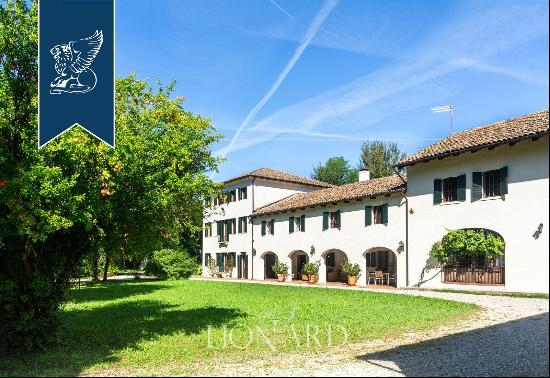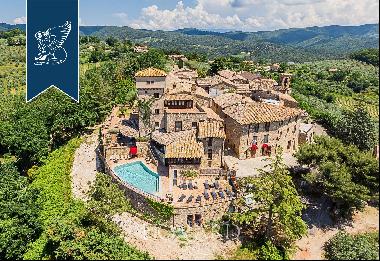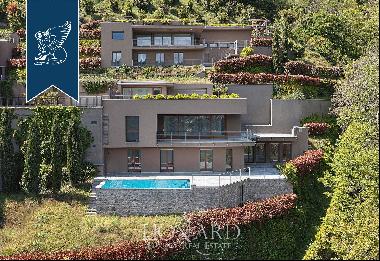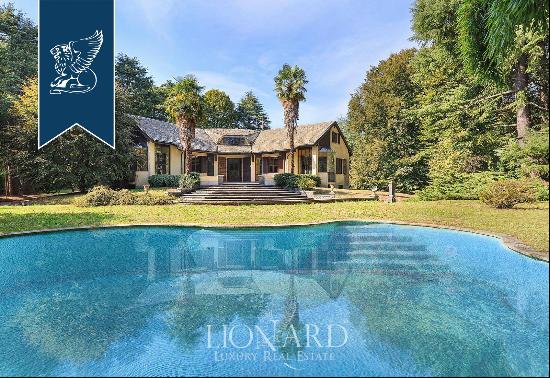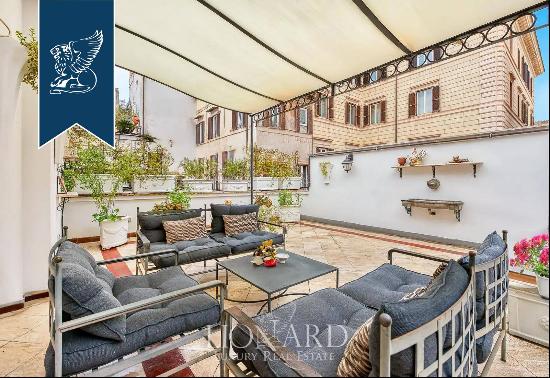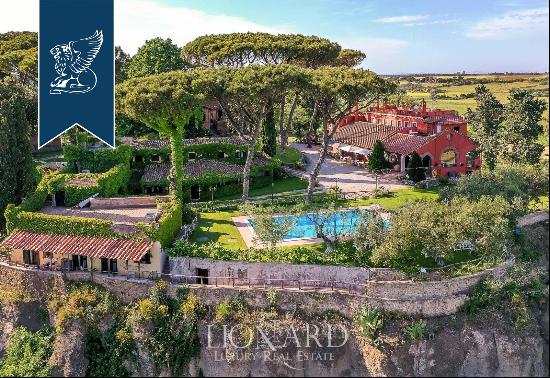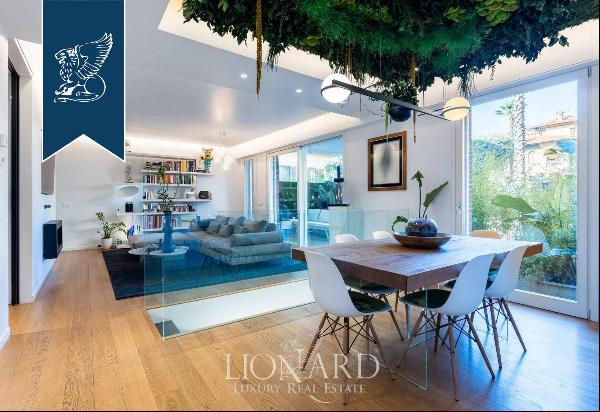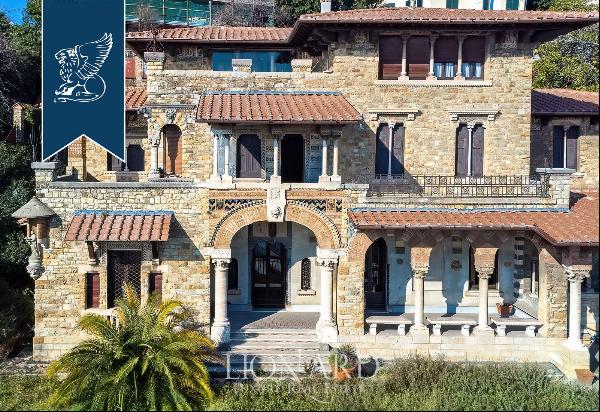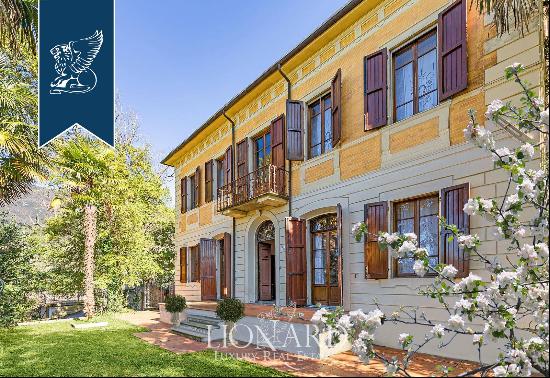
By Louisa Grey
I’ve noticed that people will often say they need to go on holiday to get away from their daily lives. I believe it is possible to have that “holiday” feeling at home by creating a place where you can decompress every day in a nurturing environment.
I began researching the impact that our homes had on our health in 2018. “Wellbeing” had become an overused word and I wanted to approach the idea of wellness in design from a scientific perspective. This led me to study salutogenic design, which focuses on how design can improve our health.
At the time, I was designing using only natural materials, which could be returned to the earth when they were no longer needed. The culmination of this thinking was an approach to creating interior spaces that allowed humans to live in harmony with the planet and each other, which I called circular salutogenic design.
I have joyous memories of unspoilt summers in Puglia, Italy and have always admired the trulli, the traditional dry stone huts from the region. Their conical, organic forms, thick whitewashed walls and use of natural, local materials has heavily influenced my design practice, directly informing both my home and my studio — the Home of Holism — in north London.
Here, I share my tips on how to embrace this ethos of slow, sustainable living, using the principles of circular salutogenic design to breathe new life into this partly restored trullo in Brindisi, on the market for €185,000.

Harness the abundance of nature
A fundamental goal for our studio is to leave a positive design legacy. We will always look to use as many ethical, locally sourced, non-toxic and biodegradable materials as possible. It’s an approach that can benefit your health as well as create a lasting, positive impact for our planet.
For centuries, trulli have been constructed from non-toxic, long-lasting and locally quarried limestone blocks. We would aspire to mirror these values in the interior of this trullo by using natural lime paints on the walls or handcrafted rugs that are made from natural materials, such as Armadillo’s Etoile rug (pictured below) from its Ellipse collection.
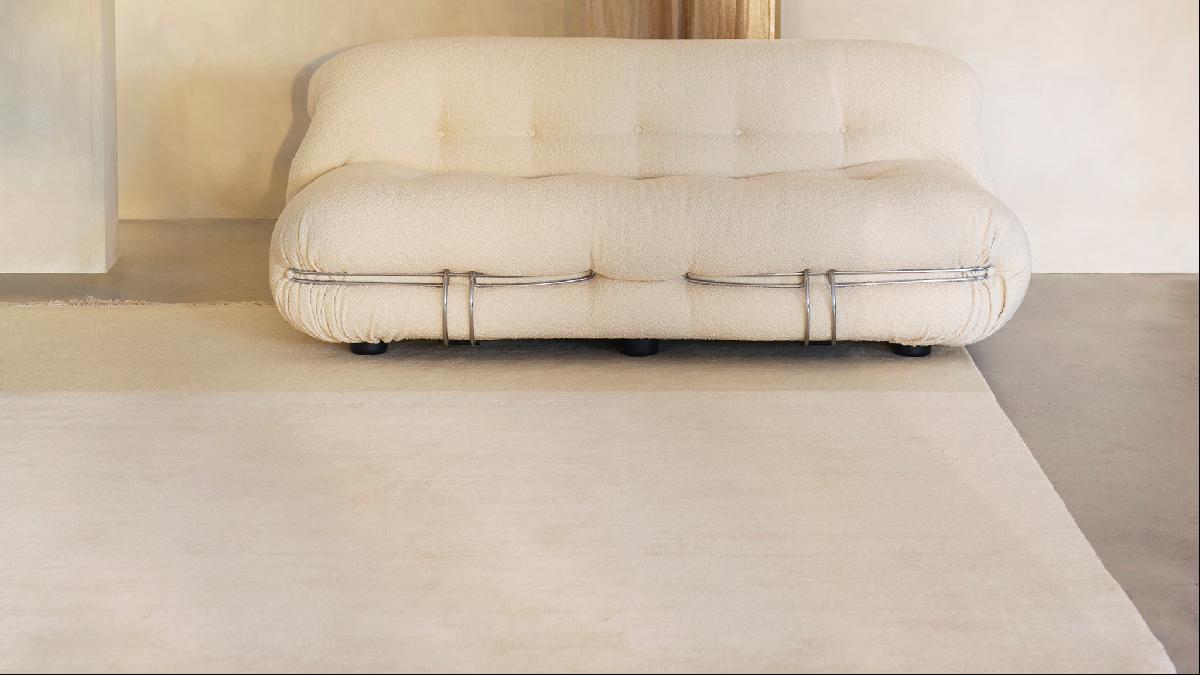
Explore local craftsmanship
When starting a new project, I often look to incorporate local artists and makers. This is a great way to be connected with the surrounding area as it gives a space a feeling of authenticity while also limiting travel-related carbon emissions.
In Puglia, ceramic and terracotta production has been flourishing since antiquity thanks to the wealth of locally available materials. Grottaglie, a small town not far from the trullo, is one of the region’s centres of ceramic production, where you can choose from an array of beautiful Italian tiles or typical shallow salt-glaze dishes (pictured below).

Consider all the senses
I encourage developing a multisensory narrative within your space, using a mixture of furnishings, scents and objets d'art. Use natural materials with neutral hues in combination with a discreet but beautiful scent. This can have a significant effect on how we feel, and therefore how we approach our day.
We use Aoiro to create scent-scapes in our projects. Based in Berlin and Tokyo, the company sources the highest quality botanicals (contained in the bottles pictured below) to develop unique and natural scents.

Future-proof
Don’t underestimate the value of designing or buying with the long term in mind. Being considerate about what you bring into your home and using good quality, long-lasting materials can help to eliminate clutter, reducing stress levels while also limiting the amount of waste that ends up in landfill.
We always look to use upholstery to give a new lease of life to a client’s existing furniture. When we need to commission new furniture, however — as we would with this trullo project — there are a number of craftspeople we like to collaborate with who share our ethos of future-proofing, such as Sebastian Cox. An example of its work is the table and chairs pictured below.

Prioritise space, light and air
Whether we’re designing a space for ourselves or for a client, we always identify the direction of natural light and the optimum layout to encourage airflow. Functionality and good design support our daily life and these seemingly basic elements should never be overlooked.
Along with limestone, clay is one of the most circular and salutogenic materials you can use in the home. It is naturally abundant, has acoustic-controlling qualities, is dehumidifying, regulates temperature and can improve air quality. For the trullo, we would use a completely natural and non-toxic clay plaster made by Clayworks — for example, the walls and ceiling pictured below. Very little energy is required in the manufacturing process and no waste is produced.

Photography: Micheal Sinclair; Savills; Emma Lee/@emma27lee; Tupungato/Dreamstime.com; Chris Mitchell/Clayworks


